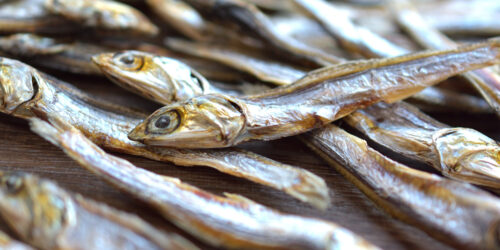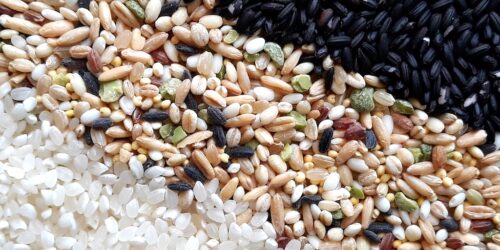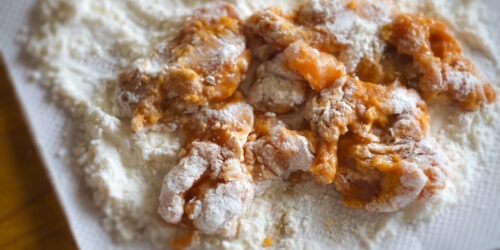Does Glutinous Rice (Sticky Rice) Go Bad? – Glutinous Rice Shelf Life
What Is Glutinous Rice?
Glutinous rice is the sticky rice which is commonly used in Asian countries.
In Japan, it is used to make, for example, rice cakes (mochi), red rice (steamed rice with red beans), and mixed glutinous rice (okowa). Also, a Japanese sweet called ohagi (rice ball coated with sweetened red beans) made from glutinous rice is popular.

Glutinous rice has nice and chewy texture which is totally different from the regular rice. You must be going to be addicted to this amazing texture and taste.
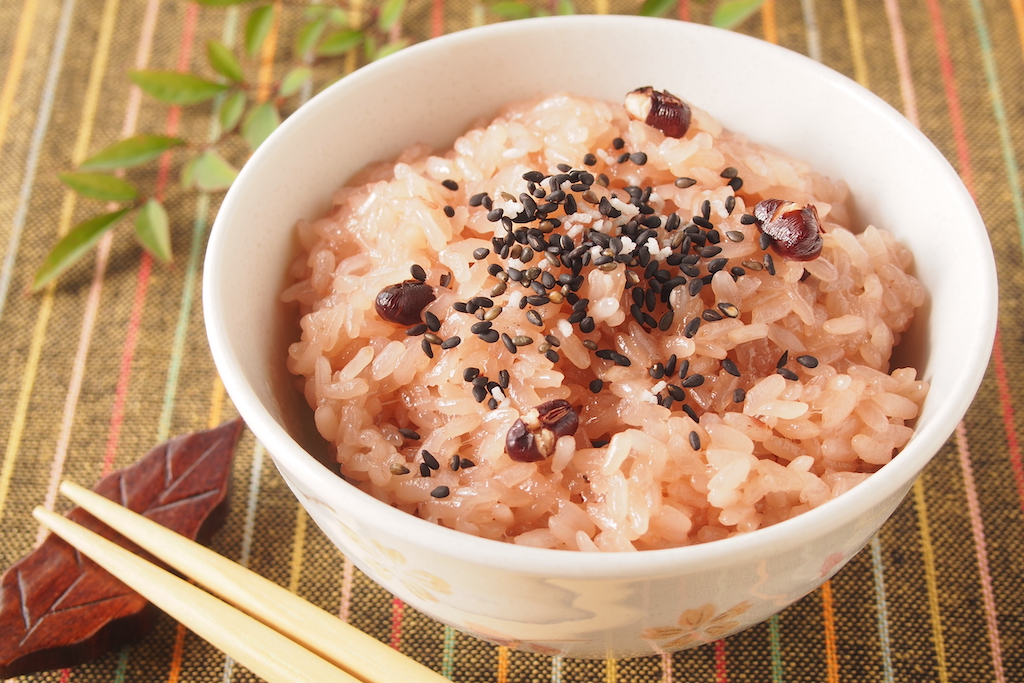
There are actually various easy recipe that you can make those foods using glutinous rice at home these days. And, I think it’s difficult to use the surplus rice for those who bought it in a big bag. Some of them maybe say “when did I buy this glutinous rice?”.
Here, I would like to introduce glutinous rice shelf life, long-lasting storage method, what happens when it rots, and so on. Please check it out!
What Is the Shelf Life of Glutinous Rice?
The shelf life of glutinous rice is about a year to a year and a half after the rice is polished which is longer than the regular rice (non-glutinous rice). The polishing date is probably stated in most of the glutinous rice sold at grocery stores, so you should refer to it.
It is possible to eat after this period, by the way. Please check the following section.
Is the Shelf Life Different Between Unopened and Opened?
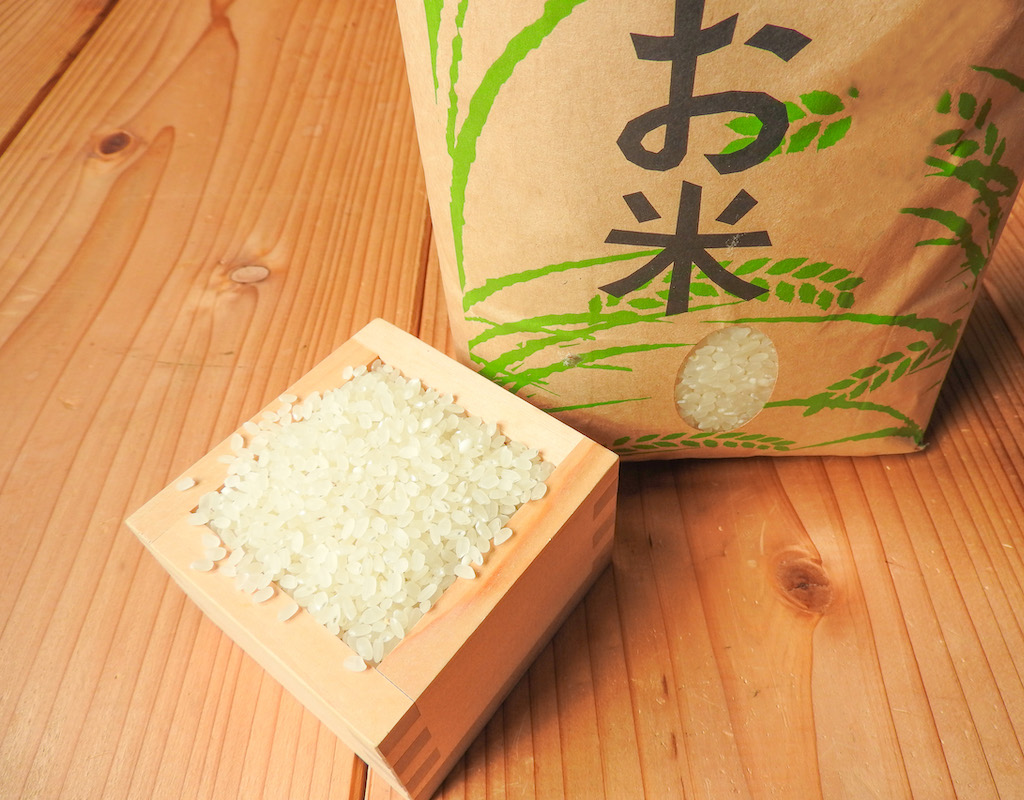
Usually, food has an unopened best-by date written on it. There is an image that you have to eat early when opened, regardless of the expiration date, right?
But, the expiration date of the glutinous rice is the same whether it is unopened or after opening. (Non-glutinous rice is the same thing.)
The reason is that there are already a lot of small holes in the bag containing rice because the outside air can go in and out.
According to the story of the rice maker, it seems that a hole is made in the bag to remove the air in order to prevent the bag from tearing due to the weight of the rice piled up during transportation.
Can You Use Glutinous Rice After Expiration Date?
The shelf life of glutinous rice is usually a year to a year and a half after the rice is polished. However, you can eat it for about 2 years after the expiration date has passed.
Glutinous rice contains almost no oil that causes an oxidative odor. So, the quality does not deteriorate easily even if it is stored. You can eat it even after 3-4 years as long as it is in good preservation.
How To Store Glutinous Rice
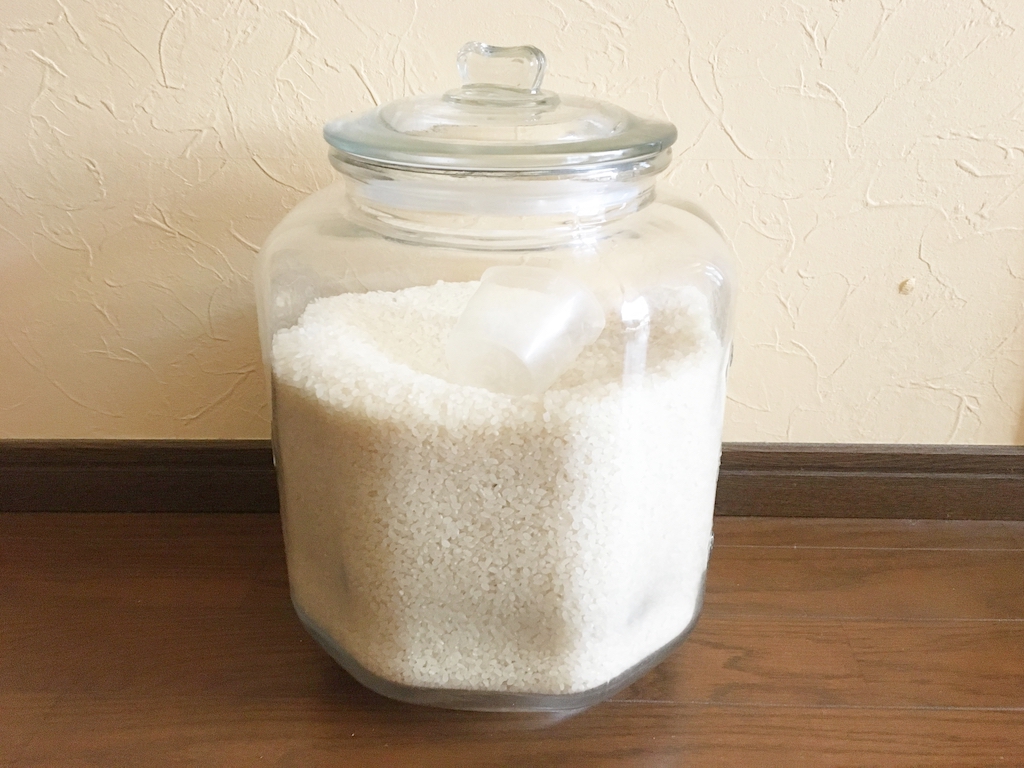
The optimum temperature for storing glutinous rice is 50 to 59℉ (10 to 15℃). It is suitable for storage in a dry and dark place.
Can You Store Glutinous Rice at Room Temperature?
When you want to store glutinous rice at room temperature, put it in a closed container. It is recommended to store in a cool and dark place with low humidity. The risk of being eaten by insects is reduced if you put an insect repellent in a closed container.
How Long Does Glutinous Rice Last in Fridge?
When the humidity is high, such as in the rainy season or in the summer, it is easy to get moldy. Hence, the refrigerator that can keep the temperature at 50 to 59℉ is the best. It can make glutinous rice delicious and last for a long time.
It is said that glutinous rice kept at the optimum temperature in the refrigerator can be eaten even after 5 years.
Can You Freeze Glutinous Rice?
Many ingredients will last longer if stored frozen. But, this is not the case with glutinous rice. Because the flavor is reduced by freezing, refrigerate or store at room temperature.
How To Tell If Glutinous Rice Goes Bad
You have to be careful about the temperature and humidity when storing glutinous rice.
Normally, it will not rot even if it is left in the stored state. However, it could get moldy or may turn yellowish while it is being stored.
Here, I am showing you how to tell if glutinous rice is deteriorated or goes bad.
Deteriorated state
It is thought that deterioration due to oxidation is progressing when glutinous rice is in the following states. You can eat, but the flavor is definitely gone. So, it seems better to consider the cooking method.
・Touching glutinous rice makes your hands white
・The color of glutinous rice is yellow
・It has an oxidative odor
State that should not be eaten
It can cause harm to the human body when glutinous rice is in the following states. So, please throw it away.
・It smells like mold
・Mold is growing (If the color of glutinous rice is grayish overall, or there are black or yellow dots on the surface, they are mold.)
・The color of glutinous rice is brown
・The glutinous rice is crawling with bugs (If you find the bug, it may be laying eggs.)
Conclusion
- The shelf life of glutinous rice, strictly speaking, is about a year to a year and a half after the rice is polished.
- You can eat it even after 3-5 years as long as it is in good preservation.
- Best to store in the refrigerator, and must avoid humidity when storing glutinous rice.
- Glutinous rice could get moldy or may turn yellowish while it is being stored. If you find mold or insects, don’t eat them and throw them away.
How was the guide to glutinous rice preservation method?
I hope you can find the best way to keep delicious glutinous rice, and enjoy your cooking!!

